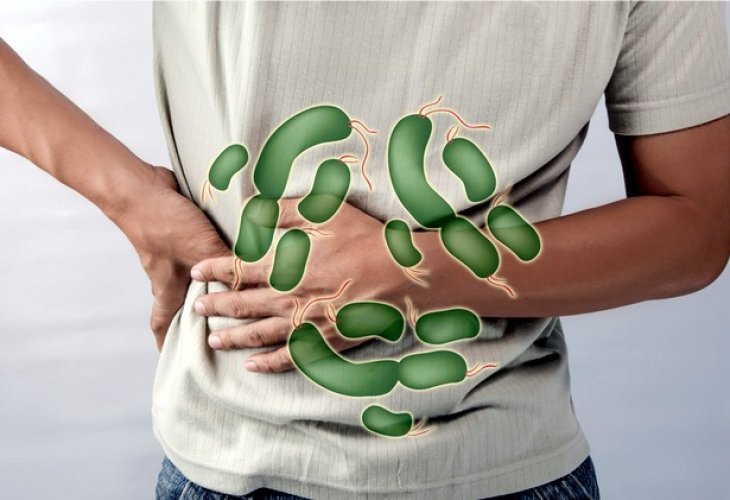Salmonella Has No Age: Symptoms, Diagnosis, and Treatment of the Outbreak in the Country
Discover what salmonella is, its causes, how it spreads to humans, high-risk groups, symptoms, and treatment for those infected.

What is Salmonella?
Salmonella refers to a family of bacteria with over two thousand types, about ten percent of which can cause various illnesses in humans, mainly in the digestive system. Most illnesses caused by this bacterium are considered relatively mild and do not require special treatments, except in rare cases that we will detail later. The name 'Salmonella' was given in honor of Daniel Salmon, a Jewish researcher who discovered it in 1885.
How is the Bacterium Transmitted?
The bacterium is mainly transmitted through contaminated food or from a sick person to a healthy one via contact.
Causes of the Bacterium
Poultry products and eggs are almost the primary sources of the bacterium. It can start as an intestinal infection in the chicken and then move to the egg while still in the chicken's ovary.
High-Risk Groups
Salmonella has no 'age,' and the bacterium can attack people of any age. However, these three populations—young children, the elderly, and those with weakened immune systems—are at higher risk than others.
Symptoms of the Infection
This category is divided into two types with different characteristics:
- Salmonella infection unrelated to typhoid fever
- Salmonella infection related to typhoid fever
Symptoms associated with non-typhoidal salmonella are nausea and vomiting, diarrhea, blood in stool, severe abdominal pain, high fever, abdominal tenderness, and more. The duration of symptoms in this category is between three days and a week and usually subsides gradually, even if untreated.
Sometimes, the bacterium migrates to the bloodstream, causing external symptoms like bone infection, blood infection, meningitis, and more.
Symptoms of Typhoid Fever
In past years, this was a very common disease, but today it is rare. Its symptoms are infections that spread to various body organs and may affect internal organs such as the liver, spleen, lymph nodes, etc. If the disease complicates, it can cause intestinal perforation, gastrointestinal bleeding, seizures, and more.
How is it Diagnosed?
- Via stool culture test at health clinics.
- Via a blood test to detect antibodies to bacterial proteins.
- Bone marrow culture (when bone infection is suspected).
Treatment Method
- Adequate fluid intake (and in some cases, even excessive).
- Measured salt consumption, to restore the salt level lost due to the infection.
- Antibiotic use (in rare cases and only under the care of a physician).

